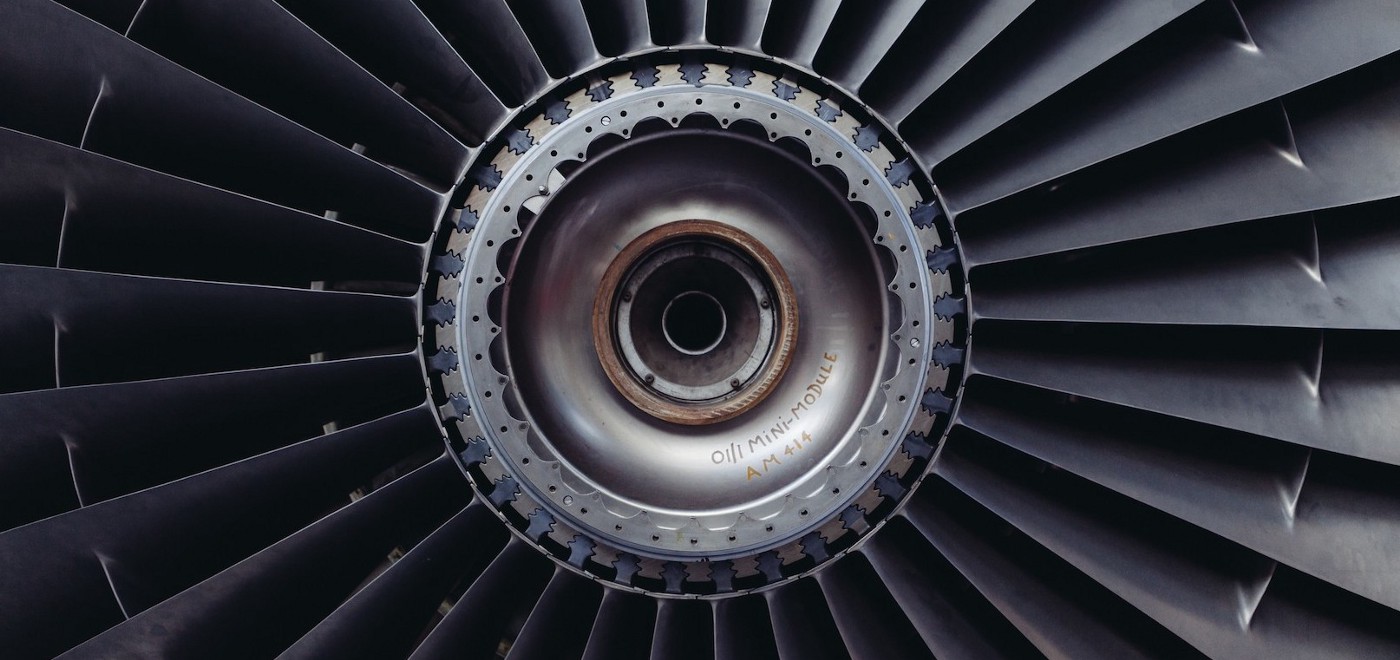No, you can't make it like Apple.
Startups do not always have what big companies can do.

Startups and big companies differ in many ways. As for iron, the gap between them is huge. Startups at the initial stage have difficulty with money. The lack of financing makes production one of the most dangerous periods in the life of a young company. One tiny mistake in the development, manufacture or quality control - and the women, you flew.
There is no second chance in the gland.
')
At least once a week, I talk with a founder who wants to develop some kind of imitation of an Apple product. Maybe this is a surface with no marks left over from plastic molding, or some complex texture, or holes made by a laser, it doesn't matter: a startup is not able to make certain things. But they say: “No, well, because Apple can do it, why can't I?”.
Apple is an exception to almost all rules.
What happened when Apple needed CNC machines to produce a million MacBook cases a year? They bought 10,000 machines. And when they needed the holes made by the laser in the MacBook Pro to turn on the sleep alarm, but only one company made a machine capable of making holes in 20 microns? They bought this company and took all the equipment. And when they needed batteries so thin that they fit in their flat equipment, and no manufacturer agreed to make such thin batteries? They began to manufacture the battery cells themselves. From scratch.
Virtually no company, small or large, can repeat this. Yes, Apple has remarkably manufactured many products, and yes, consumers love many of the functions that are hard to produce. But you are not an Apple. And if you benefit your customers, and your product is not so polished, that's fine. Especially for the first versions of your product.
What should be avoided? Here are a few things Apple does that could be a problem for startups:
1. White plastic.
White is the most difficult color to form. If you MUST use white, never combine two white parts cast separately. They do not match in color.
2. Scaling production on CNC machines.
CNC machines are great for prototypes and are great at handling high-performance parts like hip implants or turbine blades. But they are not suitable for client devices. Think of how to cast metal parts.
3. Holes made by laser.
Invisible laser holes to make much more difficult than it seems. You can usually achieve almost the same effect without complicated auxiliary operations - if you are ready to sacrifice something.
4. Plastic packaging.
Many small Apple products are sold in polycarbonate and ABS plastic packaging. It is harder and more expensive to do than you think. Recycled cardboard is your friend.
5. The marks left after plastic injection [ejector pin marks].

Unless you're a billionaire genius, your product will have these marks. A good producer knows how to hide them. Almost none of the manufacturers hide them as well as Apple. Get used to it. Most customers have no idea what it is.
6. 4-color double-walled boxes and high-quality foam rubber.
Of course, you will still suffer this nonsense, but these boxes will become the most expensive item in your bill of materials. It happens that they cost $ 12 apiece wholesale. And they are thrown away.
There are many other examples. If you want to copy some feature of the device from Apple, try to find it on the products of another company. If you find, then perhaps it should be included in your product. Otherwise, lower the bar expectations. I assure you, this is for your own good.
Source: https://habr.com/ru/post/397055/
All Articles